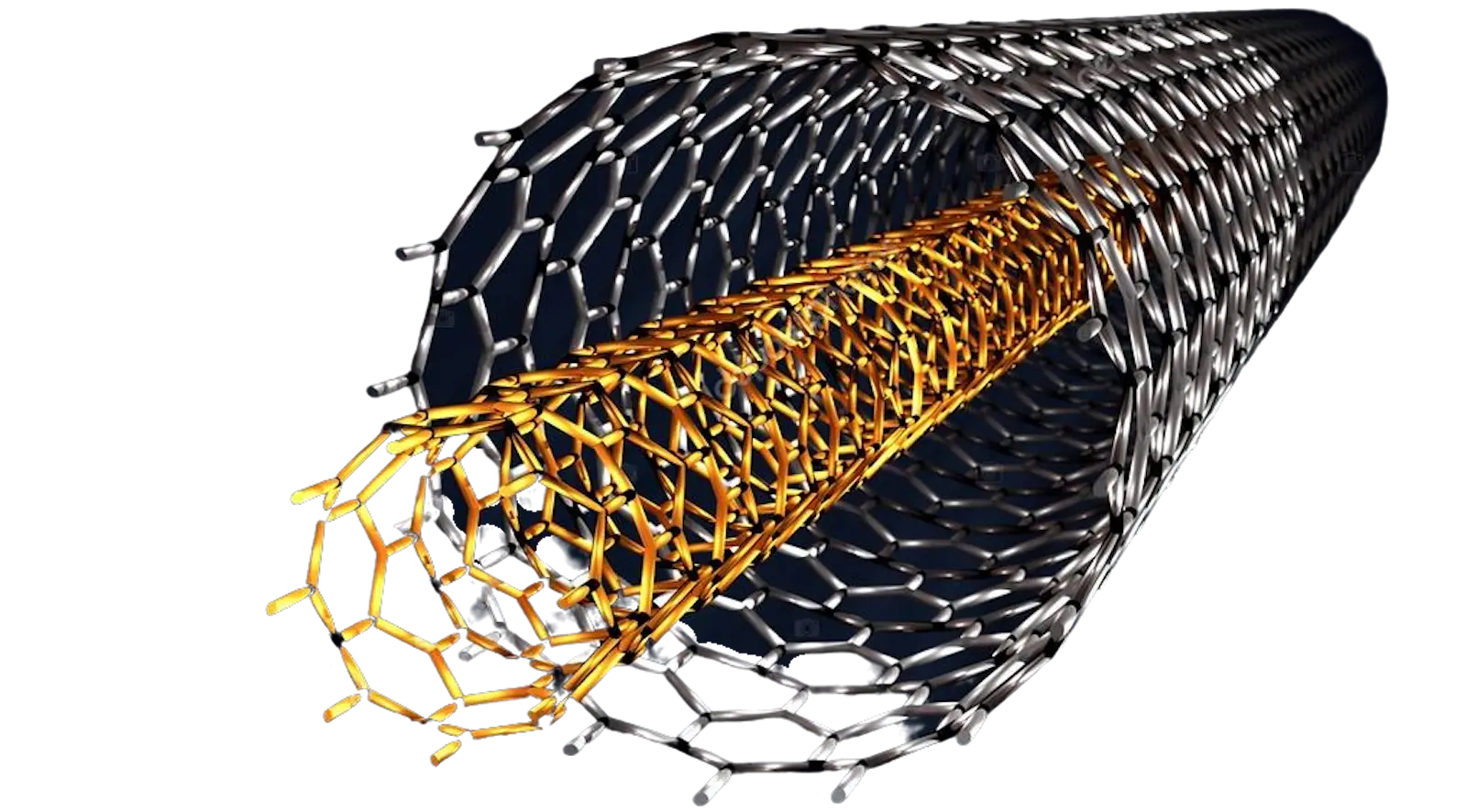“This breakthrough development translates into a remarkable improvement in cell-core energy density, reaching 2,000Wh/L in batteries and approximately 1,700Wh/L in full-size EV batteries – more than double the performance of current state-of-the-art technologies,”
“Sienza’s 3D pure silicon anode has demonstrated an average gravimetric capacity of 2,941 mAh/g,” Professor Gharib said. “This means that for every gram of silicon, our batteries can store 2,941 milliampere-hours of electricity, significantly higher than the industry standard for graphite, with a gravimetric capacity of 372 mAh/g.”
Aside from completely avoiding the cobalt issue, Sienza notes that its manufacturing process does not rely on the solvent-based coating systems deployed for producing conventional lithium-ion batteries. Sienza cites one commonly used solvent in particular, N-methyl-pyrrolidone (NMP).



It’s also suspicious how they talk about the volumetric efficiency and dance around mass efficiency. Taking up less space is nice, and it can’t be completely ignored, but it’s not the primary thing EVs need. It’s not even that big of a deal for stationary grid storage.